 The Price of Redemption (Tides of Magic, #1) by Shawn Carpenter
The Price of Redemption (Tides of Magic, #1) by Shawn Carpenter Format: eARC
Source: supplied by publisher via Edelweiss
Formats available: paperback, ebook, audiobook
Genres: adventure, fantasy, historical fantasy
Series: Tides of Magic #1
Pages: 368
Published by Saga Press on July 9, 2024
Purchasing Info: Author's Website, Publisher's Website, Amazon, Barnes & Noble, Kobo, Bookshop.org, Better World Books
Goodreads
A debut female-led swashbuckling fantasy following powerful sorceress and sea captain Marquese Enid d’Tancreville as she is forced on the run where she meets a vast cast of characters perfect for fans of Patrick O’Brian’s beloved Master and Commander series.
Despite her powerful magic, Marquese Enid d’Tancreville must flee her homeland to escape death at the hands of the Theocratic Revolution. When a Theocratic warship overtakes the ship bringing her to safety, Enid is spared capture by the timely intervention of the Albion frigate Alarum , under the command of Lt. Rue Nath.
The strange circumstances make for an odd alliance, and Enid finds herself replacing Alarum ’s recently slain sea mage. Now an officer under Nath’s command, Enid is thrust into a strange maritime world full of confusing customs, duties, and language. Worse she soon discovers the threat of the revolution is not confined to shore.
My Review:
When it comes to fictional settings, the Napoleonic Wars are a gift that just keeps on giving. Admittedly, that giving is in the context of the thing about adventures being terrible stuff that happened to someone either long ago, far away, or both. In the case of The Price of Redemption, very much of both.
Because the war between the Ardainne and Albion is absolutely a rehash of the Napoleonic Wars, with Ardainne serving at the post-Revolutionary French complete with their own version of a revolution, and Albion, naturally, sailing in for the Brits holding the line to protect their status quo.
Which is when this particular take on that old conflict gets fascinating, fantastic and utterly magical. Because Ardainne’s Theocratic Revolution throws a religious crusade on top of the class warfare, and marries fanatics straight out of the Spanish Inquisition to Madame Defarge cackling at the feet of Madame Guillotine.
The equivalent of the sans culottes in this world’s Revolution hate and kill mages every bit as much and often as they do aristos – made much simpler for VERY bloody meanings of the world simple – by the fact that so many of the aristos ARE mages who have been using their magical power to increase their political and socio-economic power for centuries.
Ardainne, just like France, was ripe for some kind of plucking. Our story begins with Marquese Enid d’Tancreville, running before the wind and away from the Theocrats (just call them Rats because EVERYONE does) now in charge of the Revolution, on an Albion merchant ship that is outmanned and outgunned but nevertheless rescued in the nick of time by Captain Rue Nath and his outclassed frigate, the Alarum.
Once the smoke clears, Nath is victorious but in need of a replacement Magister – meaning Ship’s Mage – as his previous ‘Spells’ died in the recent skirmish. Enid needs a better protected way to Albion, so that she can offer her services to people who are at least doing something about the filth that has taken over her beloved homeland.
Nath and Enid strike a win-win bargain – she’ll become his temporary new Magister, he’ll convey her and her worldly goods to the place where she intended to go, and in the meantime the Alarum will at least be able to fight if another Rat ship finds them on the open sea.
And thereby, as that very old saying goes, hangs an absolutely marvelous tale of wooden ships, iron men and women, deeds of derring-do and dastardly betrayals from within.
Escape Rating A+: The Napoleonic Wars absolutely are the gift that keeps on giving, at least in the fictional sense. You’ve even seen and or read plenty of stories that used it as a base – even if some of those stories hide the base pretty well.
 But one of the most respected AND popular ‘spin offs’ from this particular war is the Aubrey and Maturin series by Patrick O’Brian that begins with Master and Commander, where Jack Aubrey is in the exact same position as Rue Nath – he’s the commander of a ship, called ‘Captain’ by courtesy while in command, but whose true rank is Lieutenant. The journey of the first book in both series is for the ‘Captain’ by courtesy title to make ‘Post’ – to be commissioned as a Captain by rank and clamber onto first rung of the ladder to the Admiralty.
But one of the most respected AND popular ‘spin offs’ from this particular war is the Aubrey and Maturin series by Patrick O’Brian that begins with Master and Commander, where Jack Aubrey is in the exact same position as Rue Nath – he’s the commander of a ship, called ‘Captain’ by courtesy while in command, but whose true rank is Lieutenant. The journey of the first book in both series is for the ‘Captain’ by courtesy title to make ‘Post’ – to be commissioned as a Captain by rank and clamber onto first rung of the ladder to the Admiralty.
Both the Honor Harrington series by David Weber and the Temeraire series by Naomi Novik used Aubrey and Maturin as their jumping off points, taking their inspiration from the Napoleonic wars into SF (Weber) and fantasy (Novik, but with dragons).
One of the things that the Aubrey and Maturin series did extremely well, that is absolutely a part of The Price of Redemption, is the way that the story takes the reader through the perspective of a previously (land)lubberly point of view character – Enid here and Maturin in the original series – and uses their instruction by beautifully descriptive but still fascinating details to draw the reader into the arcane mysteries of the sea.
The story, the part that keeps the reader frantically turning pages, is, on the one hand, the story of the plucky underdog – in this case Albion – fighting the mighty empire of Ardainne. On the other hand, it’s a very intimate story about one man’s fight to protect his crew, his career, and his country against all comers – particularly the forces arrayed against them all. And on the third hand, possibly the one on the rudder steering this ship, the story of a woman desperate to find a new place in the world – one from which she can strike a blow at her own enemies, find a new perspective on what she left behind that brought her and her country to this terrible pass, and a help create a future that she can live on, and with, and into.
It’s marvelous and riveting and a compulsive page-turner every single league of its way. That this story is not over yet, that there are two more books on the horizon for this cast and crew, is the absolute best news any reader could possibly receive.

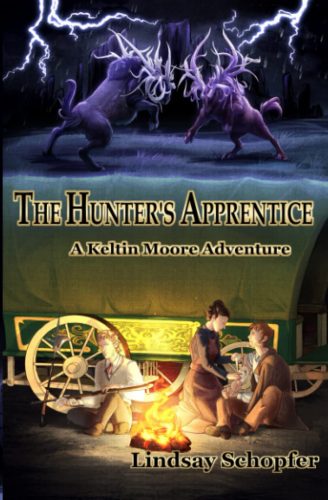 The Hunter's Apprentice: A Keltin Moore Adventure (The Adventures of Keltin Moore #4) by
The Hunter's Apprentice: A Keltin Moore Adventure (The Adventures of Keltin Moore #4) by 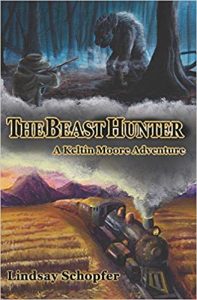 Keltin Moore’s fourth adventure represents a turning point for the famous Beast Hunter AND his family of choice in this fantasy-tinged, steampunk-powered series. When his story began in
Keltin Moore’s fourth adventure represents a turning point for the famous Beast Hunter AND his family of choice in this fantasy-tinged, steampunk-powered series. When his story began in 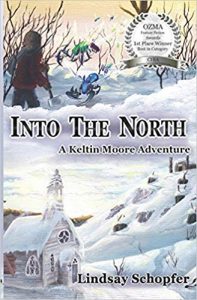 Escape Rating A: I read the second book in this series,
Escape Rating A: I read the second book in this series, 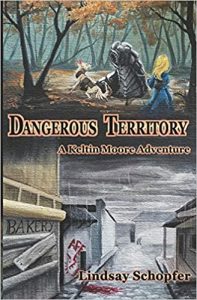 It’s an outsider’s inside view and the reader learns as much as Keltin does.
It’s an outsider’s inside view and the reader learns as much as Keltin does.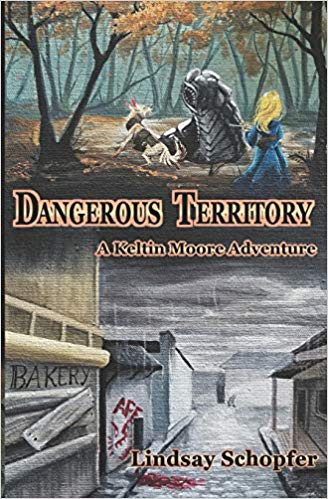 Dangerous Territory: A Keltin Moore Adventure by
Dangerous Territory: A Keltin Moore Adventure by 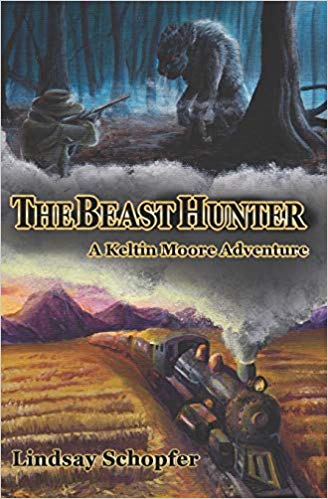 The Beast Hunter (The Adventures of Keltin Moore, #1) by
The Beast Hunter (The Adventures of Keltin Moore, #1) by 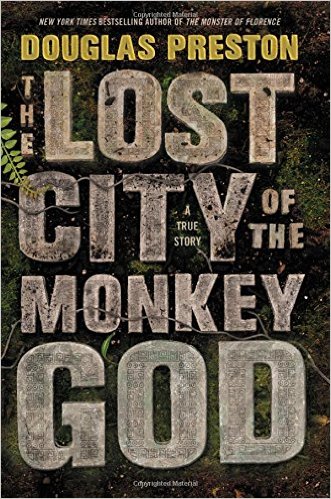 The Lost City of the Monkey God: A True Story by
The Lost City of the Monkey God: A True Story by 